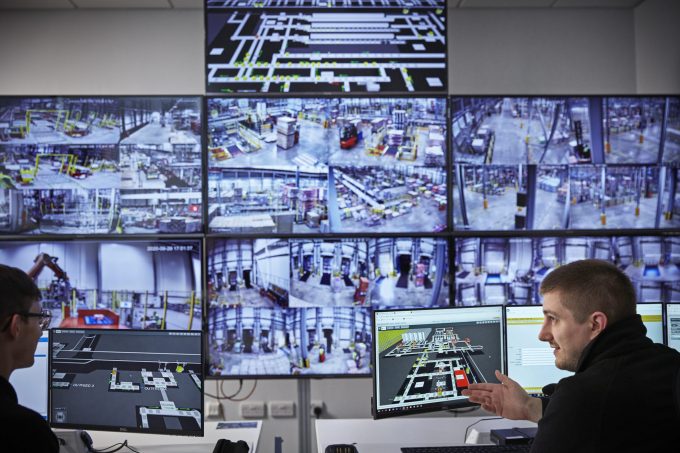GXO claims Wincanton takeover will not hurt UK food retailers
The world’s largest pure-play contract logistics operator (PPCLO), GXO, has argued that its intended acquisition ...

Today, businesses are being squeezed on all sides. They must contend with high inflation, supply chain disruptions and scarce labour while trying to meet rising consumer expectations for low prices, fast delivery, order accuracy and easy returns.
To relieve these pressures, businesses are increasingly outsourcing their ...

Comment on this article